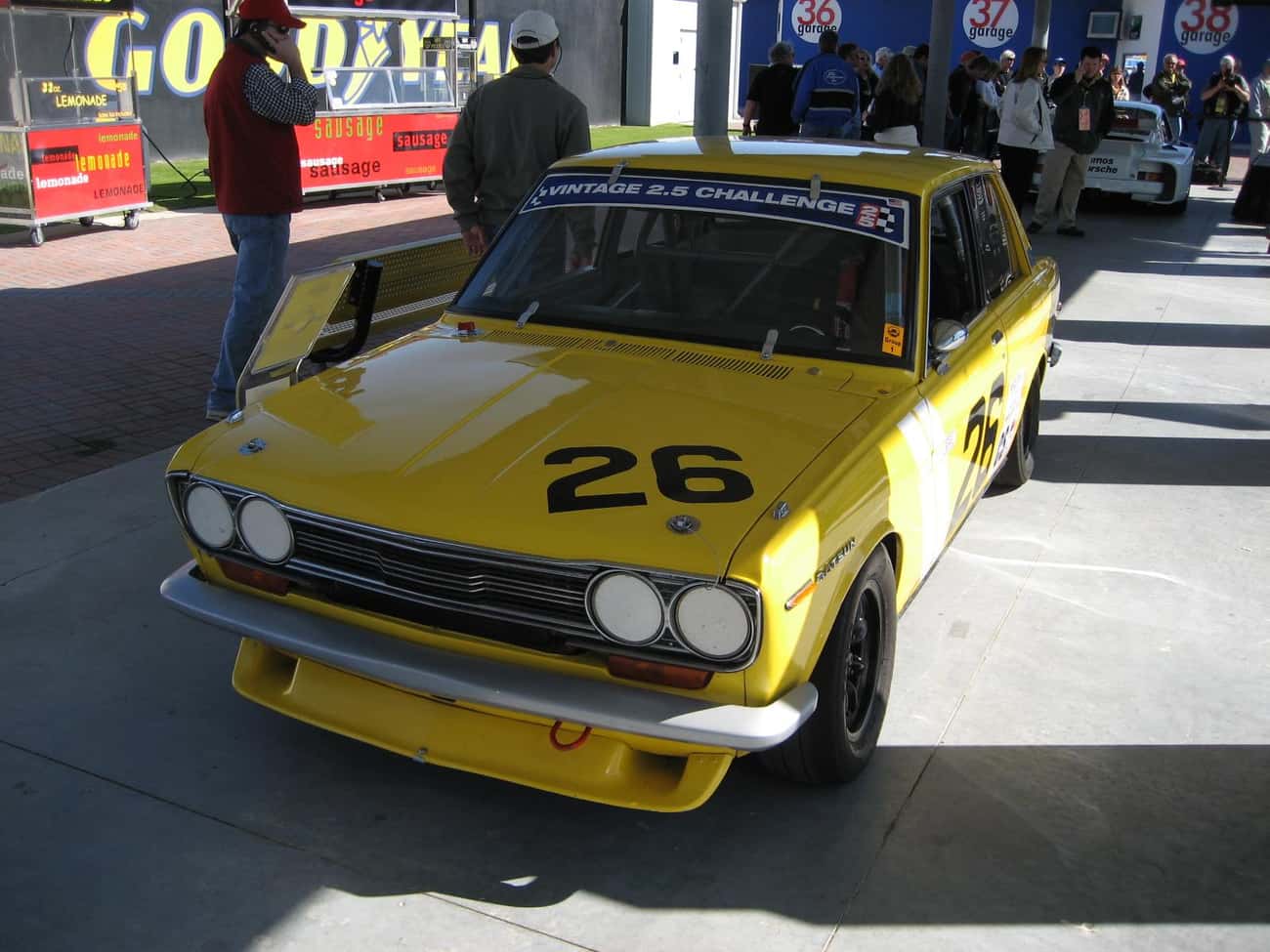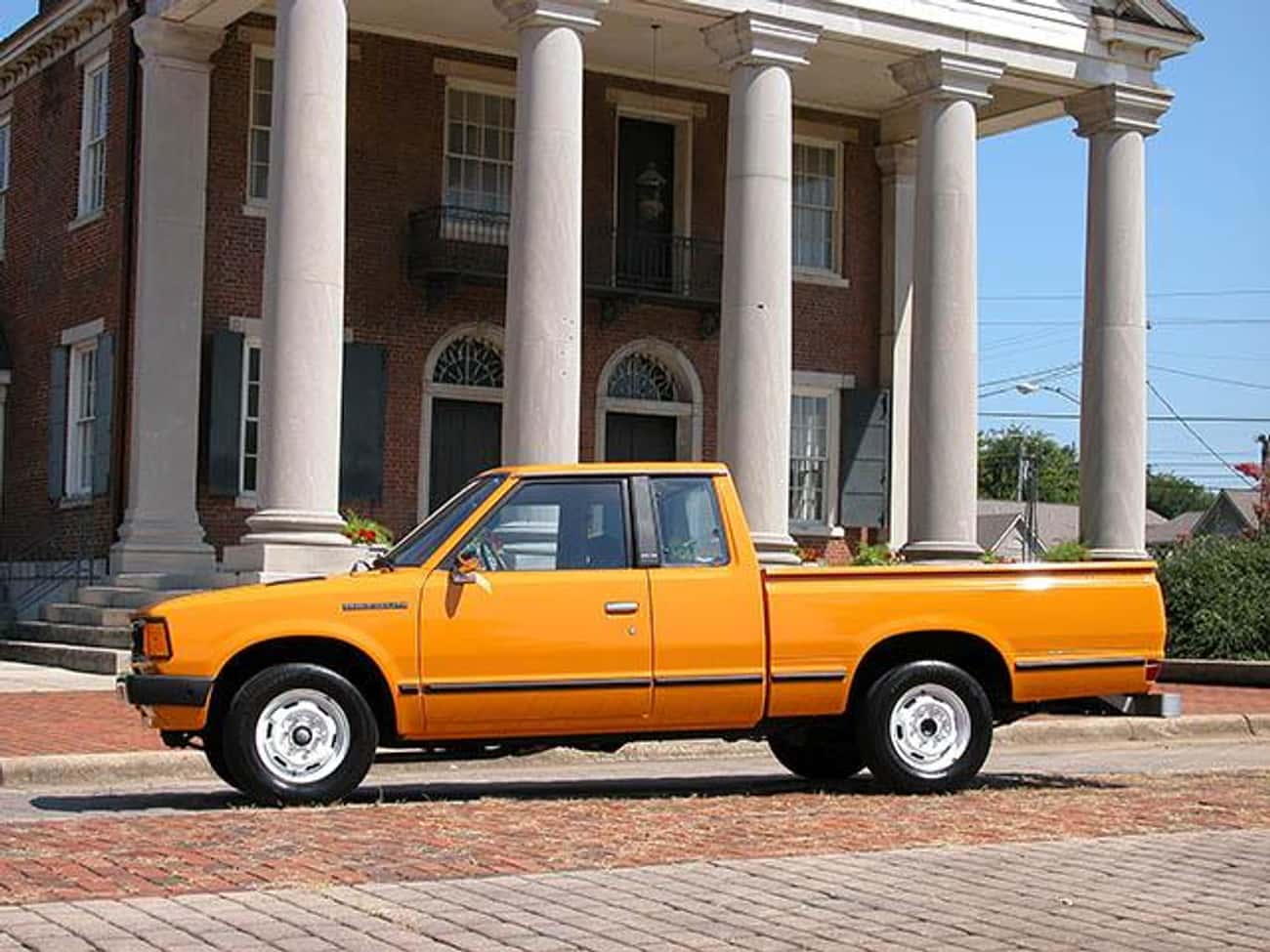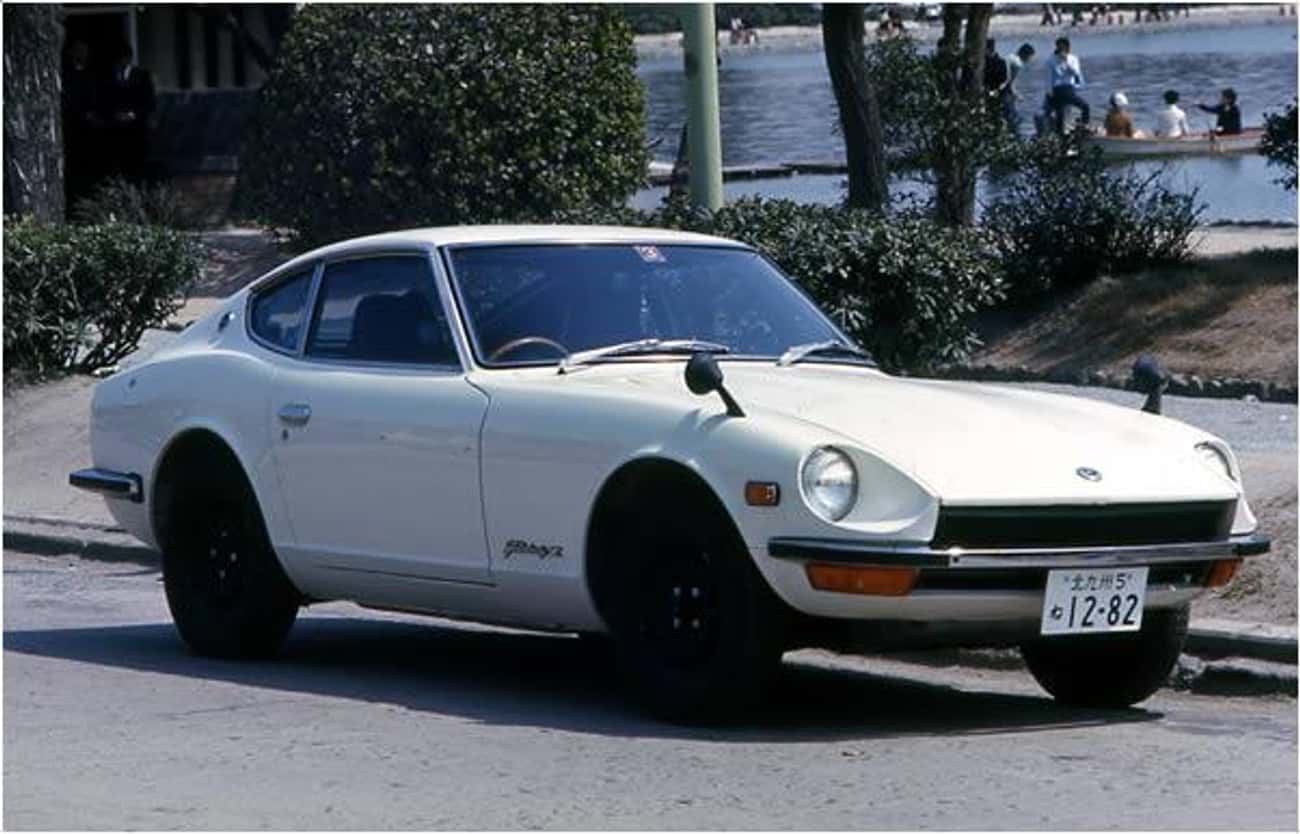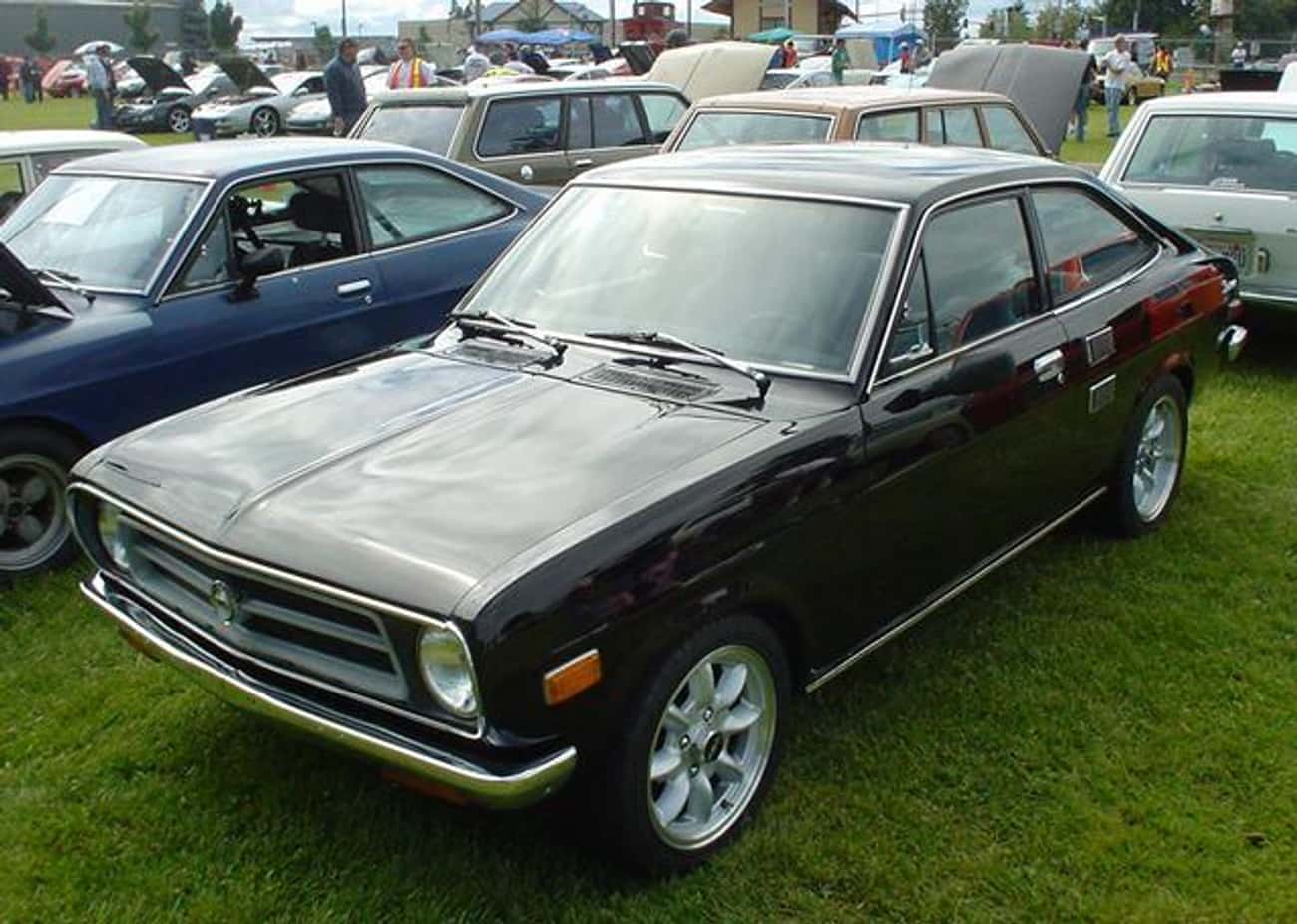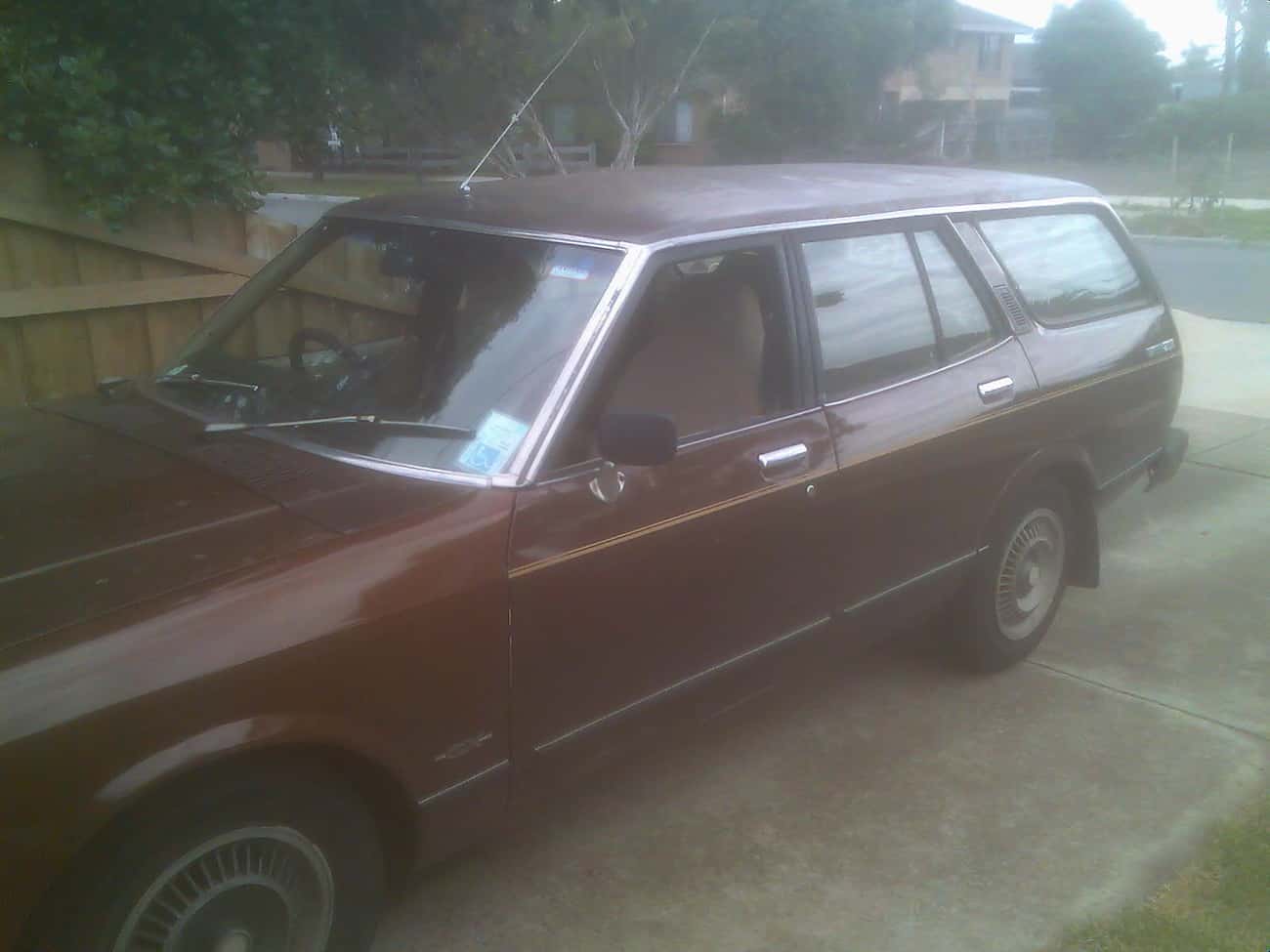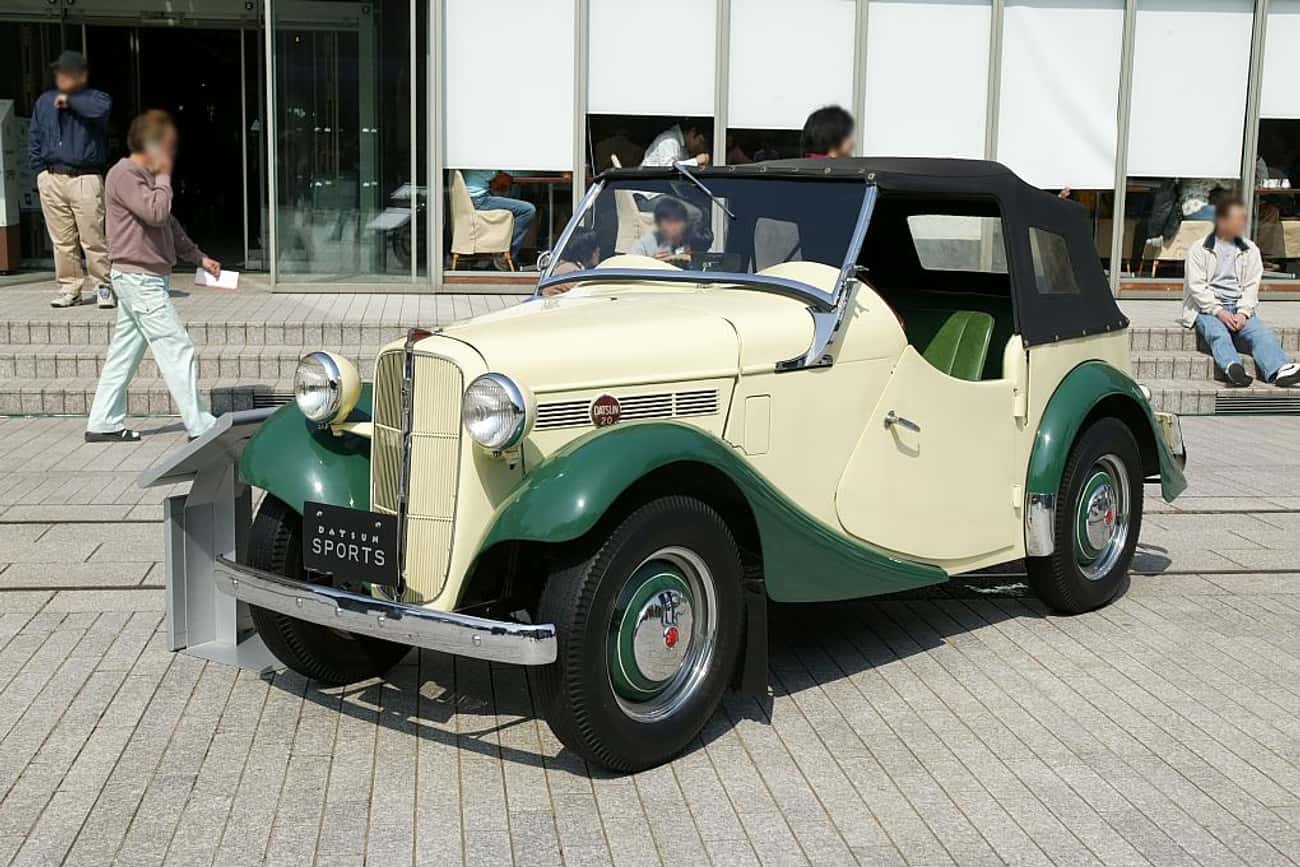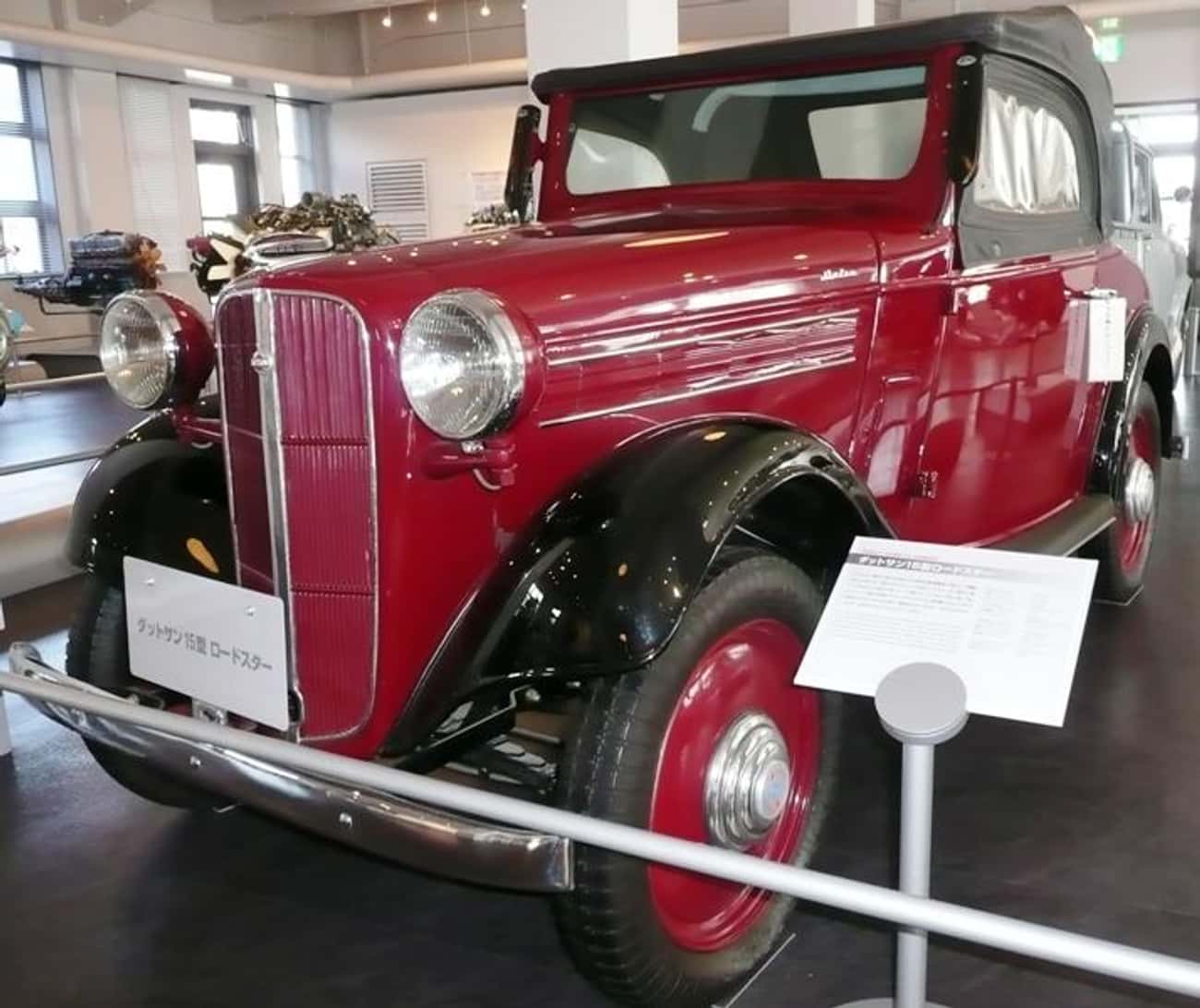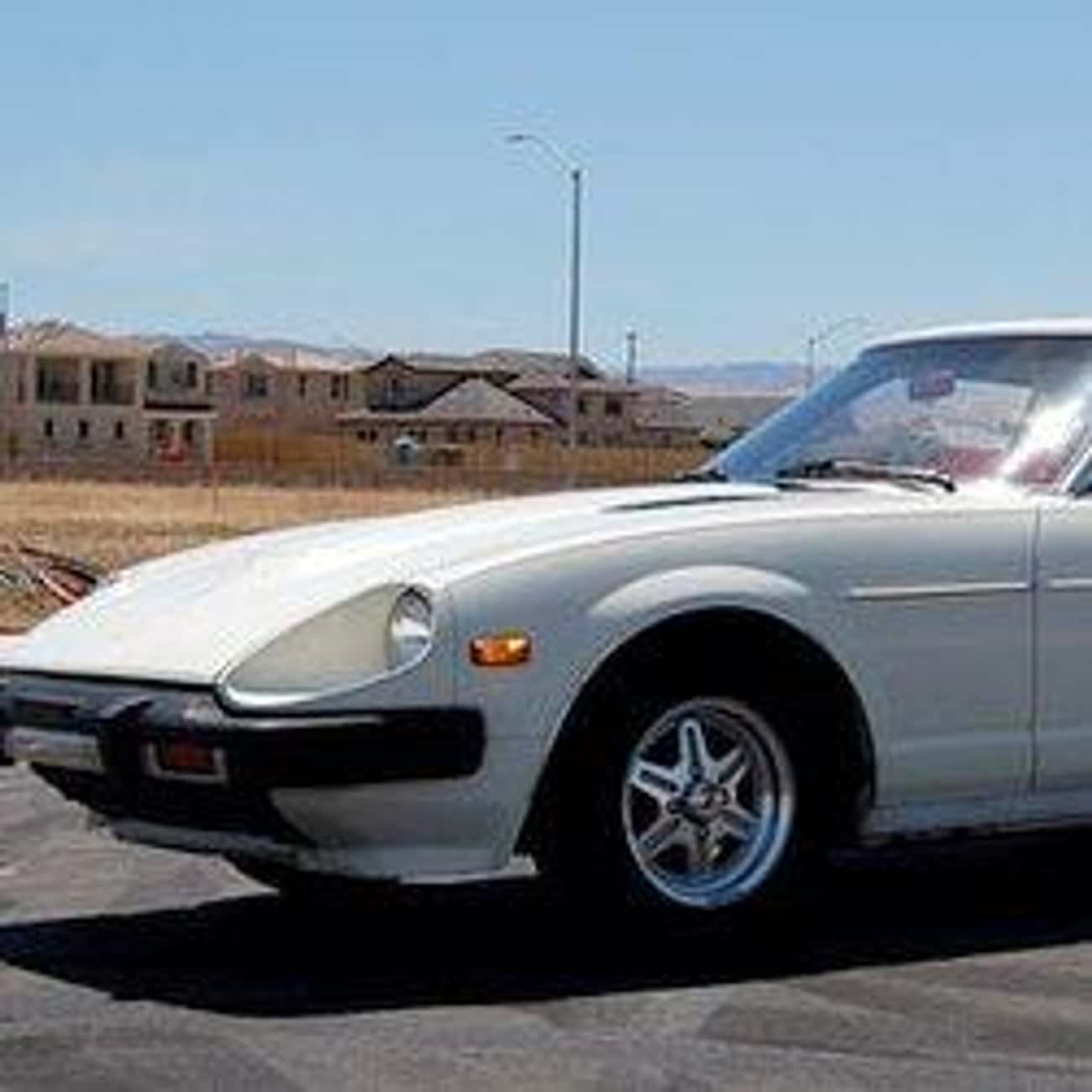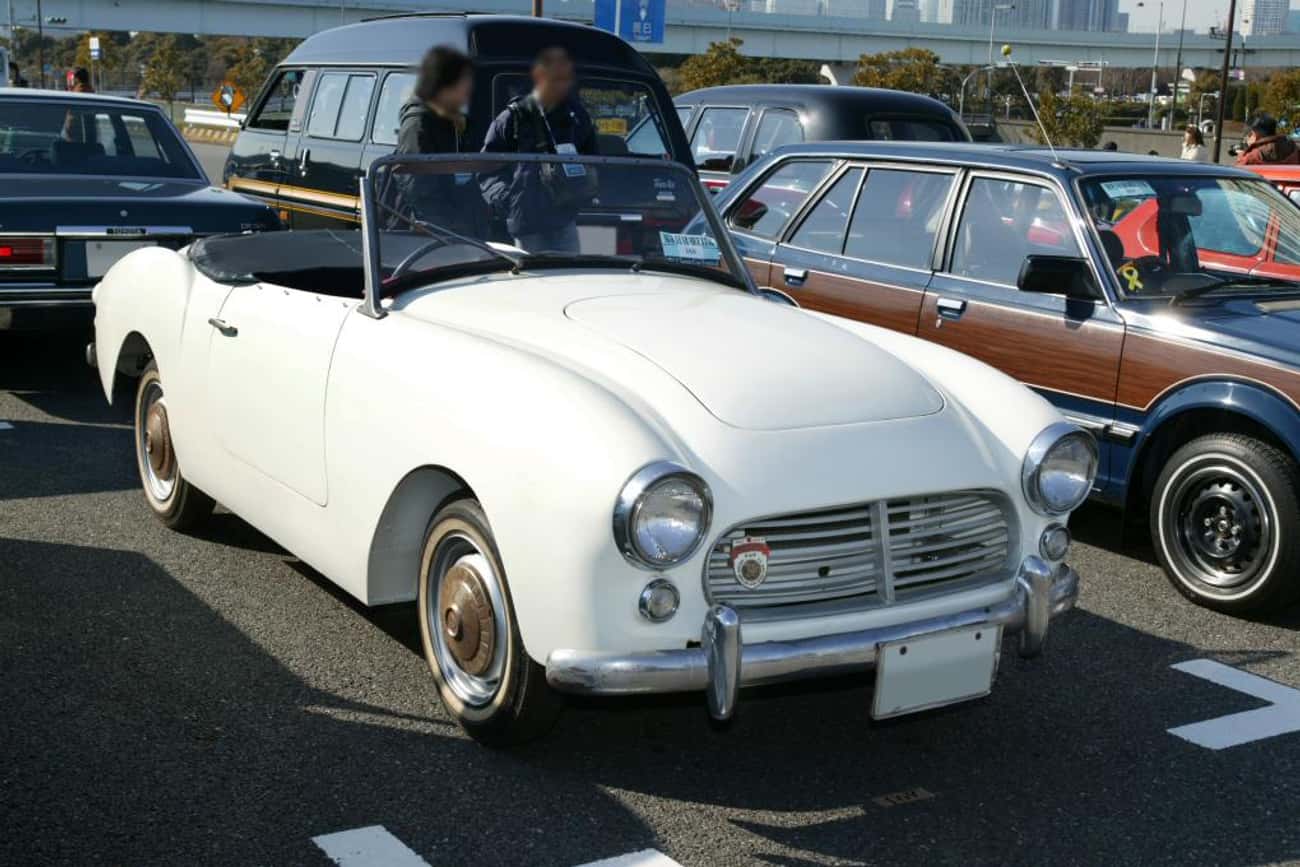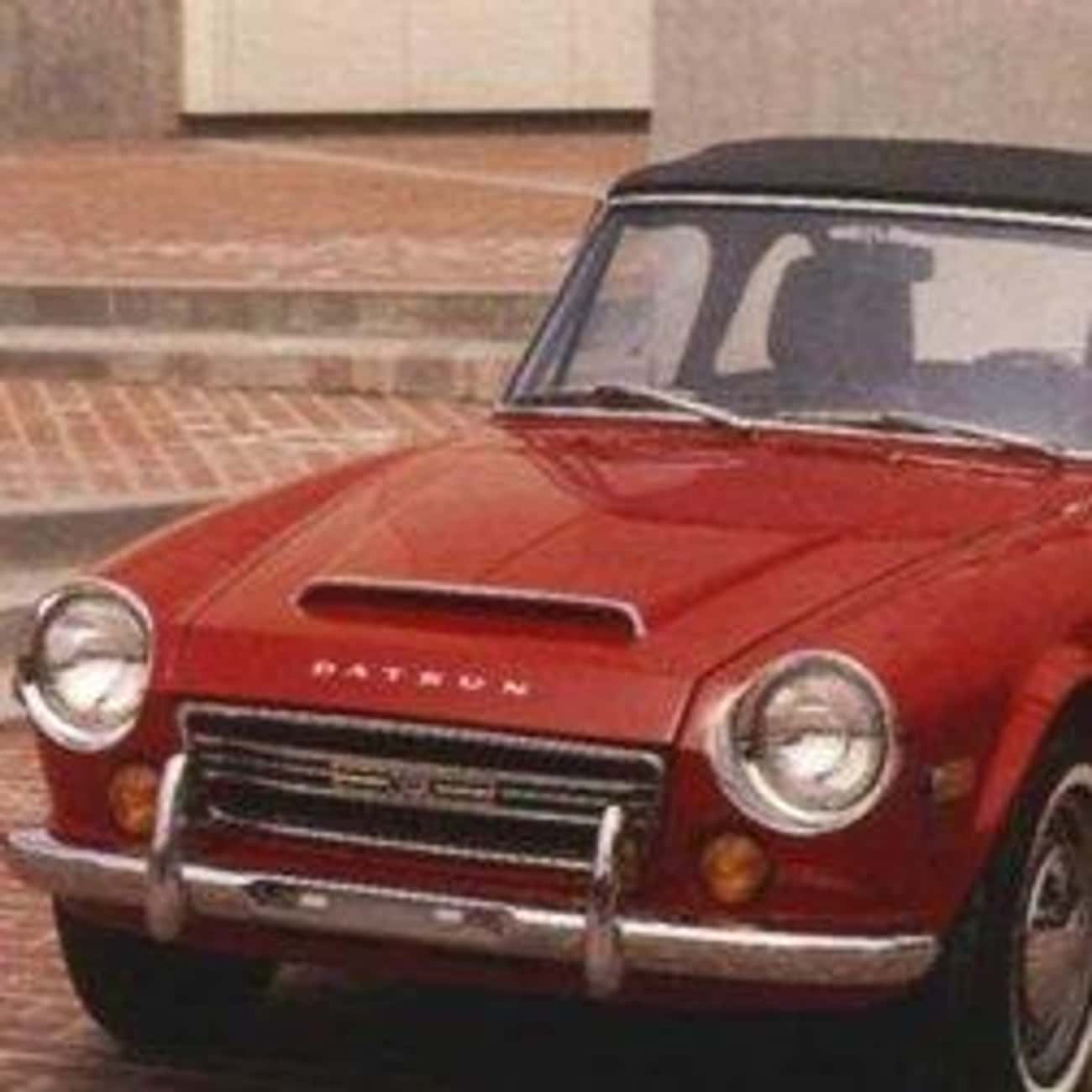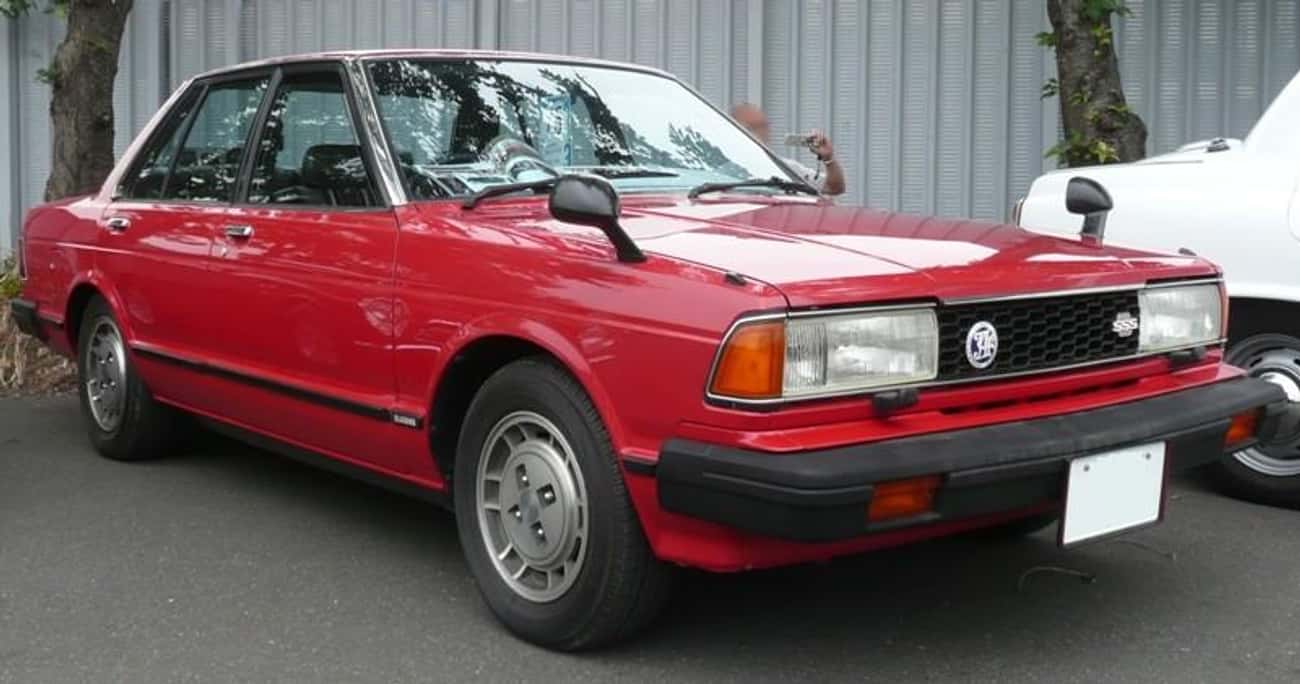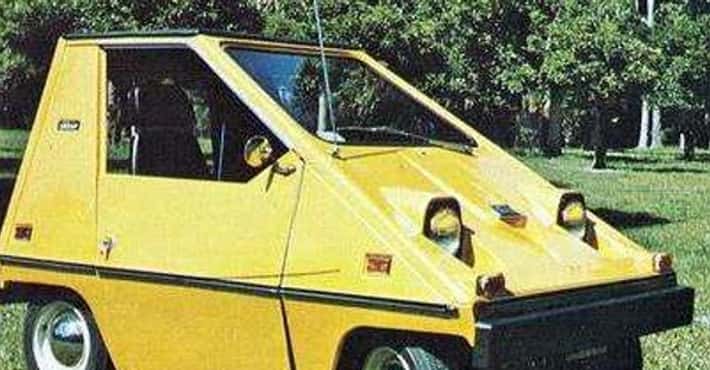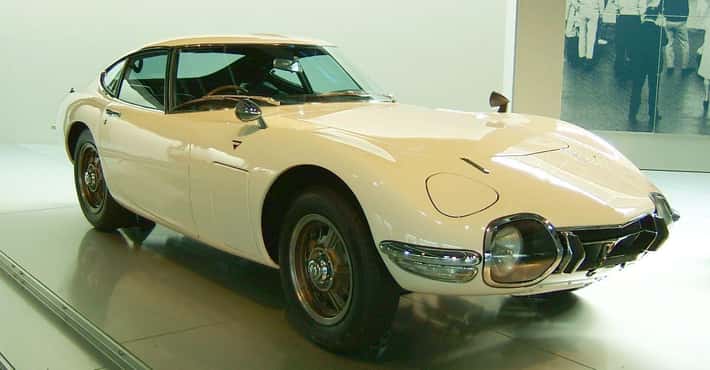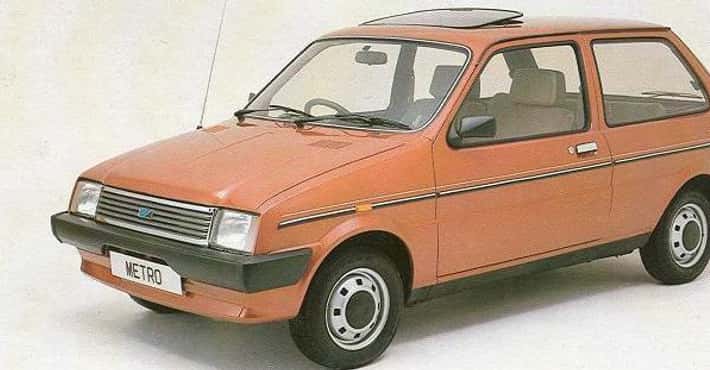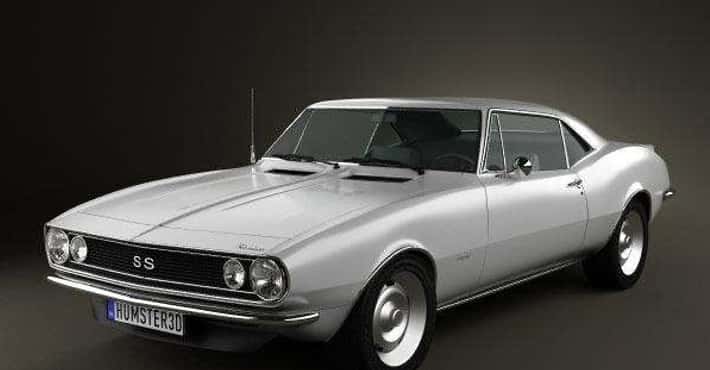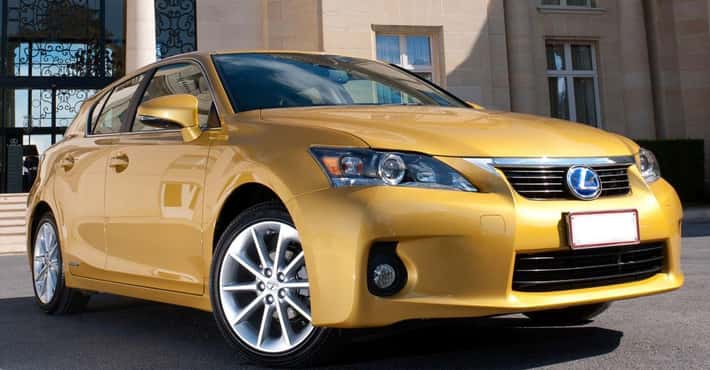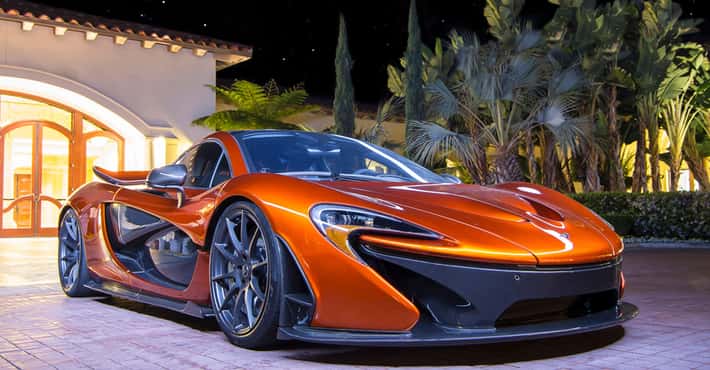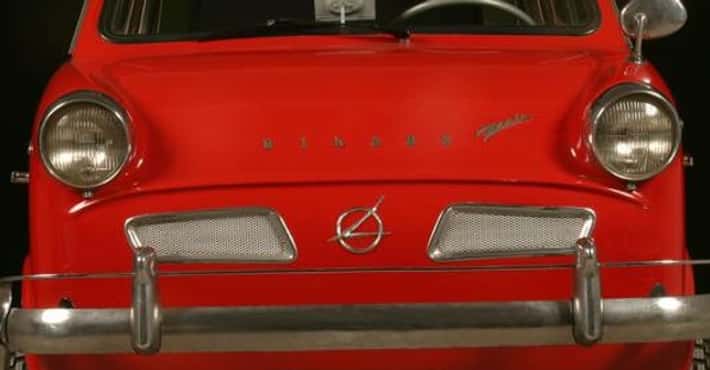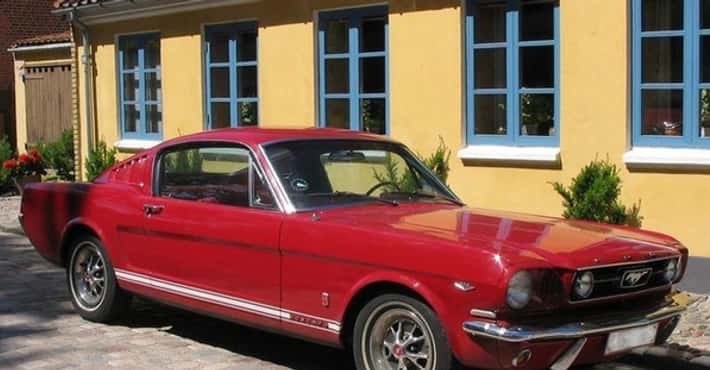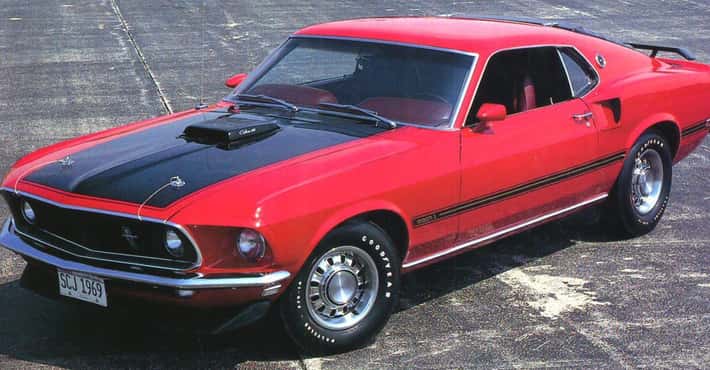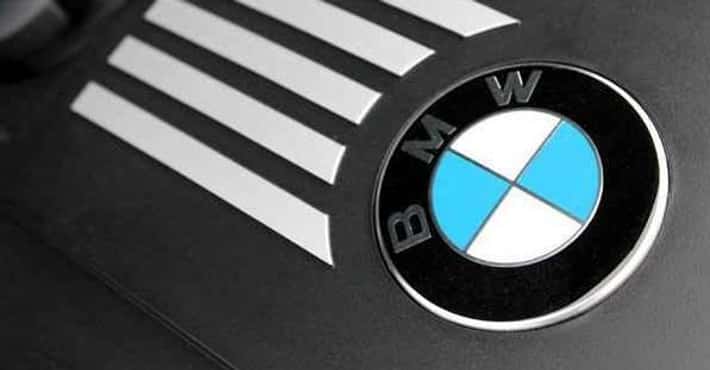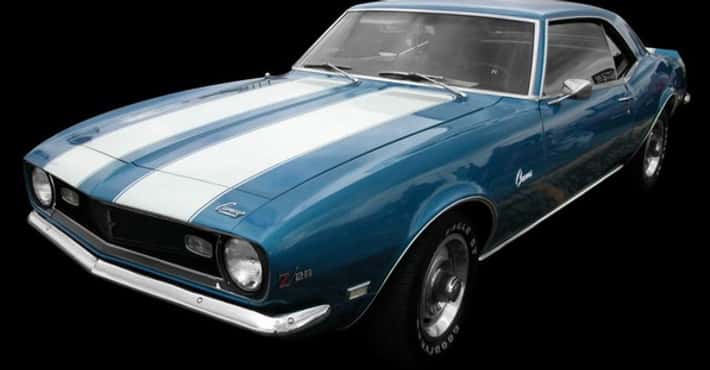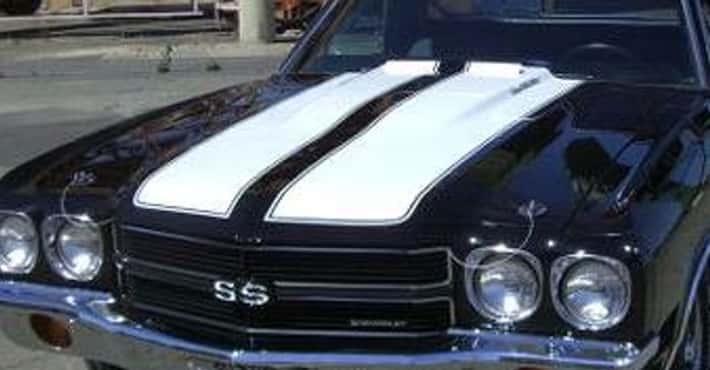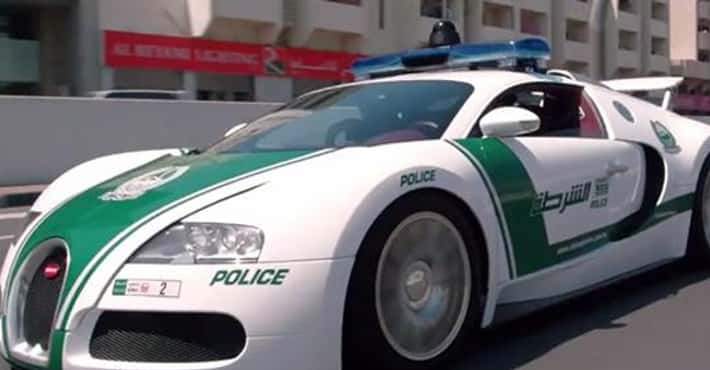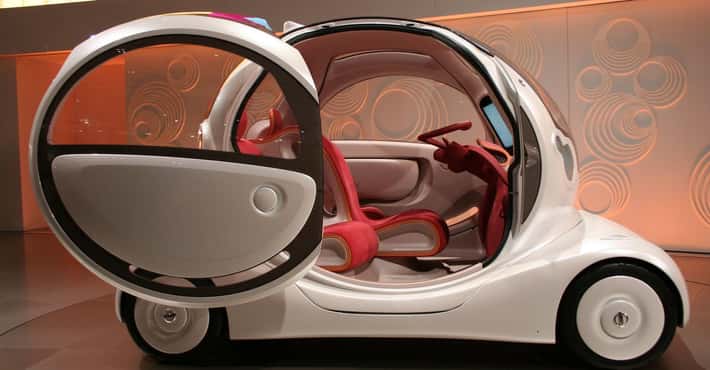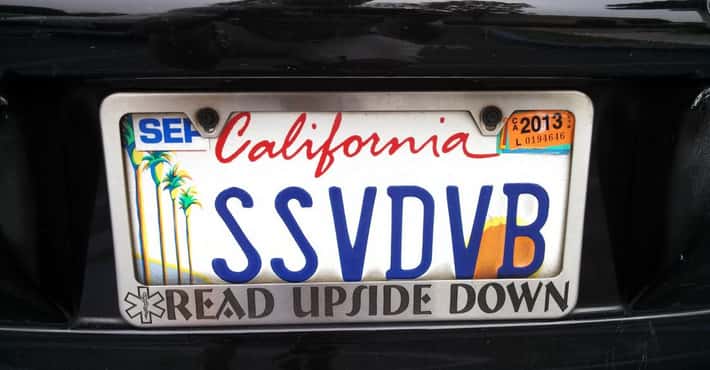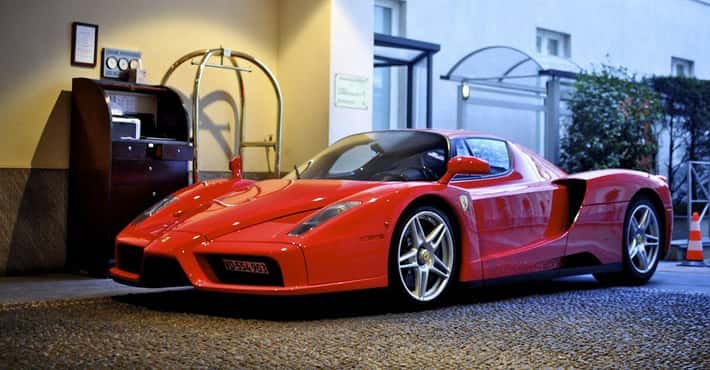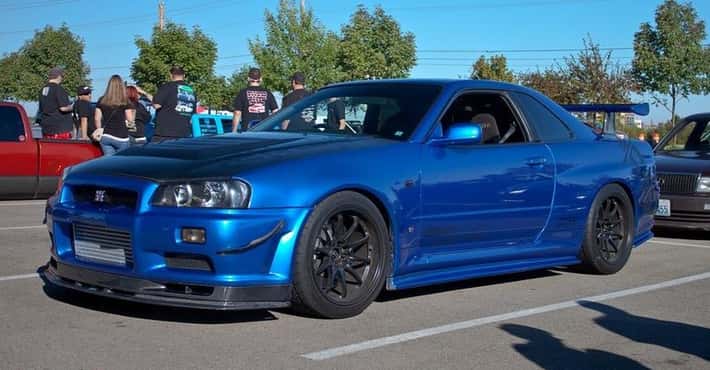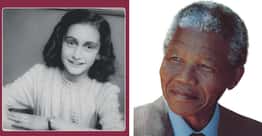Full List of Datsun Models
- The Z-car is a series of sports cars manufactured by Nissan Motors Ltd.. The original Z was sold in October 1969 in Japan as the Nissan Fairlady Z and was sold in Japan at Nissan Exhibition dealerships that previously sold the Nissan Bluebird. It was exported as the Datsun 240Z. Since 2009 Nissan has manufactured the newest Z, the Nissan 370Z. The earlier models of the Nissan Z were built at the Nissan Shatai plant in Hiratsuka until 2000, while the later models are built at Oppama and Tochigi. Enthusiasts praise the cars for their looks, reliability, performance, and affordability. Nissan Z cars currently hold the record for the best selling sports car series of all time with over 2 million cars sold. Note this excludes better selling sporty cars such as the Mustang and Camaro. Every Z car has been sold in Japan as the Fairlady Z and elsewhere under the names Nissan S30, Nissan S130, Nissan 300ZX, Nissan 350Z and Nissan 370Z.
- Photo: Metaweb (FB) / Public domainThe Datsun 510 was a series of the Datsun Bluebird sold from 1968 to 1973, and offered outside the U.S. and Canada as the Datsun 1600. According to AutoWeek's G.D. Levy, the 510 has often been called the "poor man's BMW." The 510's engineering was inspired by contemporary European sedans, particularly the 1966 BMW 1600-2, incorporating a SOHC engine, MacPherson strut suspension in front and independent, semi-trailing arms in the back. The European-influenced sheet metal design is attributed to Datsun in-house designer, Teruo Uchino. The engine was pushed through by Nissan USA president Yutaka Katayama, a design developed through Prince, an acquisition. Launched in October 1967, it was one of the most comprehensive Bluebird ranges in body styles: a two-door sedan, a four-door sedan, a five-door station wagon, and a two-door coupé. This range became famous for Nissan's rallying successes outside Japan and paved the way for greater Nissan sales internationally.
- Photo: Metaweb (FB) / Public domainThe popular and economical Datsun/Nissan compact pickup truck was produced in Japan from 1955 and has been sold in large numbers across all continents. Modern versions of this vehicle are still in production around the world, currently with the Frontier and Navara names. In Japan, it was exclusive to Nissan Bluebird Shop locations.
- Photo: Metaweb (FB) / Public domainThe Nissan S30 was the first generation of Z GT two-seat coupe, produced by Nissan Motors, Ltd. of Japan from 1969 to 1978. It was designed by a team led by Mr. Yoshihiko Matsuo, the head of Nissan's Sports Car Styling Studio. HLS30 was the designation of the left-hand drive model and HS30 for the right-hand drive model. All variants had a 4-wheel independent suspension consisting of MacPherson struts in front and Chapman struts in back. Front disc brakes and rear drums were standard. The 240Z and 260Z used twin, variable venturi Hitachi one-barrel side-draft SU-like carburetors. The carburetors were changed beginning with model year 1973 to comply with emissions regulations, but the earlier carburetors were superior for performance as compared to the later Webers. Fuel injection was added for the 280Z in 1975 for the US. This was primarily in order to cope with the difficulty faced in getting enough power using carburetors while still meeting US emissions regulations. Datsun priced 240Z within $200 of the British MGB-GT introduced 5 years earlier. Dealers soon had long waiting lists for the "Z".
- Photo: Metaweb (FB) / Public domainThe Nissan Sunny is a compact car built by the Japanese automaker Nissan from 1966 to 2006. It was launched in 1966 as the Datsun 1000 and although production in Japan ended in 2006, the name remains in use in the Chinese market. In the US, the later models were known as the Nissan Sentra; in Mexico, the Sunny is known as the Nissan Tsuru, which is Japanese for the bird species "crane". The Sunny fitted neatly into the Nissan model line. It was larger than the supermini Nissan March models, but not as big as the compact Bluebird models. The latest versions of the Sunny were larger than the early models, and may be considered compact cars. Earlier versions were subcompact cars. All Sunnys through the 1982 model year used Nissan A engine motors. Confusingly, the "Sunny" name has been used on other Nissan models, notably various export versions of the Nissan Pulsar model line. The Sunny has been imported and later manufactured worldwide under numerous names, and bodystyles, in economical, luxury and performance packages for many decades. Some configurations appear to be unique based on bodystyle appearances, but sharing a common platform.
- Photo: Metaweb (FB) / CC-BY-SA
- The Datsun DC-3 was a lightweight automobile produced by Nissan and sold under the Datsun brand in 1952. The series was a predecessor to the Fairlady sports cars, and succeeded the pre-war Road Star. It was powered by the 860 cc Nissan D10 straight-4 engine which produced 20 hp and could propel the DC-3 to 70 km/h. The side badges said "DATSUN 20". Leaf springs were used in the suspension, and a 3-speed manual transmission was specified. Four people could ride in the DC-3. Only 50 DC-3's were ever built; of these 30 were sold. A variant of the DC-3 was the Datsun 5147 pickup.
- Photo: Metaweb (FB) / Public domainThe Datsun Roadster was a lightweight automobile produced by Nissan in the 1930s. The series was a predecessor to the Fairlady sports cars, and was an example of the earliest passenger cars produced in Japan.
- The Nissan S130 is a sports coupé produced by Nissan in Japan from 1978 to 1983. It was sold as the Datsun 280ZX, Nissan Fairlady Z and Nissan Fairlady 280Z, depending on the market. In Japan, it was exclusive to Nissan Bluebird Store locations. It was the second generation Z-car, replacing the Nissan S30 in late 1978. The 280ZX was the first time the "by Nissan" subscript was badged alongside the Datsun logo, along with Nissan trucks. The 280ZX was Motor Trend's import car of the year for 1979. The 280ZX was replaced by the Nissan 300ZX in 1984.
- The Datsun Sports, was a series of roadsters produced by Nissan in the 1960s. The series was a predecessor to the Z-car in the Fairlady line, and offered an inexpensive alternative to the European MG, Triumph, Fiat and Alfa Romeo sports cars. The line began with the 1959 "S211" and continued through 1970 with the "SP311" and "SR311" line. The Fairlady saw competitors follow its introduction, with examples called the Honda S500, the Toyota Sports 800, and the Daihatsu Compagno. In Japan, it represented one of three core products offered by Nissan at Japanese Nissan Dealerships called Nissan Shop, alongside the Datsun Truck and the Datsun 1000. The Datsun SRL 2000 was the 2 seat roadster that made their name. Paul Newman started his racing in one. It consistently won its class. The MSRP was less than an MGB but had a potent 1982cc overhead cam engine with dual SU type side draft carbs and a 5 speed transmission. SCCA kept moving it from class to class. When in D production, it consistently won everything. When moved to C production it had to race against the much more expensive Porsche 911. Totally stock it would run about 126 mph, but in racing trim it was more like 150 mph.
- The Datsun 1500/1600/2000 Roadster, also known as the Datsun Fairlady in certain markets, is a sports car produced by Datsun in Japan from 1961 to 1970. It made its debut at the Tokyo Motor show in 1961, several months before the roll-out of the MGB.
- Photo: Metaweb (FB) / Public domainThe Datsun Bluebird 910 is an automobile which was produced by Nissan from 1979 to 1993. Nissan began realigning its export names with its home market names with the 910 series in November 1979. The 'B' tags were dropped in favour of 'Bluebird', though the models were marketed as 'Datsun Bluebird' initially. The Bluebird 910, which was the last rear-wheel drive Bluebird, featured simple clean-cut squared-off lines, unlike the "Coke Bottle" styling of its predecessor. It did however retain the same engine range, the same MacPherson strut suspension and the same 99-inch wheelbase as the 810. For the export models, a 'Nissan' badge began appearing in 1981. However in Australia, where 130,000 910s were built between 1981 and 1986, the name change from Datsun Bluebird to Nissan Bluebird did not occur until 1983. After eight years the Bluebird returned to the Taiwanese market. Yulon had replaced the Bluebird with the Nissan Violet in 1971. The new model was considered to be in a new class and was now known as the Yue Loong Bluebird 911. Until then, Yue Loong had reserved the 900-series for the larger Laurels. After a facelift, the car became the 912.
- The Prince Homer was a small commercial vehicle manufactured by the now defunct Prince Motor Company. It was available as a van, called the Homy, a double cab, or regular cab truck. The first model was known as the T64, and was sold as the Prince Homer or PMC T64. The T640 was introduced in 1966 and was sold as a Nissan due to Prince merging with Nissan. Production of the T640 ended in 1968. The Homer was exclusive to Japanese Nissan dealerships called Nissan Prince Store, when Prince was merged with Nissan in 1966. The T641 Homer was introduced in 1968 and the slotted grille was replaced with a new 'cat-whiskers' grille. It was rebadged as the Nissan Homer for the Japanese domestic market, and was marketed in Europe and Australia as the Datsun Homer. There was also a Van version, codenamed V641. While the T641 was in production, a 1.25 ton version was built, called the T642. Unlike the T641, the T642 was not available in a van version. The Homer was sold in Taiwan by Yue Loong, originally as the Yue Loong YLN-251.



